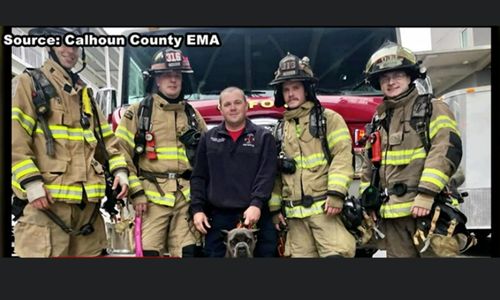Calhoun County, AL – As first reported by WBRC’s Bria Chatman as more emergency crews prepare to head to Florida to assist with Hurricane Ian, first responders in Calhoun County are sharing their experiences during natural disasters. They say you never know what to expect, but you show up to help as many people as you can.
“We need to do what we can do to make sure people that are hurting and going through a natural disaster we help the best we can,” says Calhoun County Sheriff Matthew Wade.
In 2005, Sheriff Wade went to Louisiana to assist with recovery efforts after Hurricane Katrina. The Sheriff’s office also sent about 20 first responders in 2020 to help in Baldwin County after Hurricane Sally.
“A lot of times they need law enforcement assistance,” says Sheriff Wade. “Not only with crimes, just to help them get through traffic controls for these linemen that are putting stuff back up and clearing the roads. Some of it is for asset protection. Some of it is for law enforcement.”
Myles Chamblee with the Calhoun County EMA says during natural disasters like tornadoes and hurricanes, first responders and the public need as much help as they can get.
“A large number of people in that they need search and rescue,” says Chamblee. “Medical attention or normal emergency calls, normal heart attacks and things like that are still going on on top of the hurricane.”
The conditions are not ideal, but Sheriff Wade says you come prepared for the worst to try to assist as many people as you can.
“We slept on the floors of the police department,” says Sheriff Wade. “We slept in our cars. We did many different things. So one of the things they want you to be is self-reliant. So when you come to do this, you know you don’t want to go down there and be a bigger burden.”
Chamblee says this process is broken down into two categories: the response and the recovery. The recovery process could take anywhere from two to four years to get things back to what he describes as a “new normal.”











